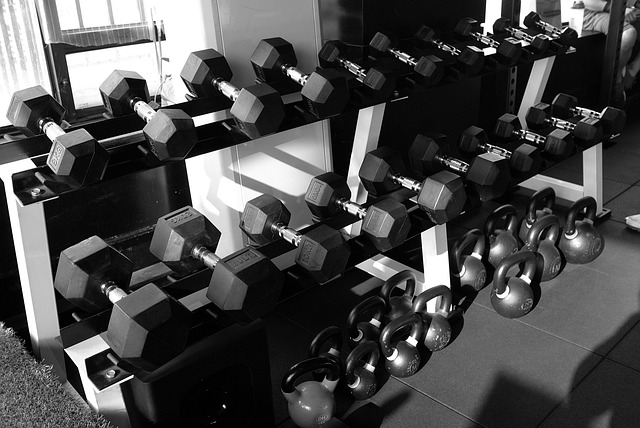Elevating Cardio Fitness with Functional Training: A Healthier Approach
When it comes to enhancing cardiovascular fitness, many people default to traditional cardio exercises like running, cycling, or swimming. While these activities are beneficial, they might not address the functional demands of everyday life. This is where functional training comes into play, offering a holistic approach that not only improves cardiovascular health but also enhances overall strength, flexibility, and coordination.
Functional training emphasizes movement patterns that mimic real-life activities, leading to improved performance in daily tasks. For instance, think about the last time you carried groceries or lifted heavy furniture. The movements involved in these activities require more than just cardiovascular endurance; they also necessitate strength, stability, and agility. By integrating functional training into your cardio routine, you can enhance not only your heart health but also your body’s ability to function efficiently in everyday scenarios.
Moreover, one of the significant benefits of functional training is its ability to keep workouts engaging and dynamic. Instead of monotonously running on a treadmill, you can incorporate a variety of movements such as squats, lunges, and kettlebell swings, all aimed at mimicking the natural movements your body performs daily. This variation not only keeps boredom at bay but also challenges different muscle groups, ensuring a well-rounded fitness regimen.
In terms of health benefits, functional training helps in improving balance and coordination, which is essential for injury prevention. As we age, maintaining these physical capabilities becomes increasingly important. Activities that enhance your body awareness and strength ultimately contribute to a more active lifestyle, supporting your ability to participate in physical activities that you love.
Incorporating functional training into your cardio sessions can also increase your metabolic rate. This means you’re burning more calories not just during your workouts but also throughout your day. High-intensity functional training circuits can elevate your heart rate while engaging multiple muscle groups, making your workout time efficient and impactful.
To integrate more functional training into your cardio workouts, consider exercises like box jumps, jump rope, or medicine ball slams that engage your cardiovascular system while challenging your body’s overall functionality. Combine these with traditional cardio elements, and you’ll create a balanced regimen that targets not only your heart but your entire body.
Furthermore, the emotional connection to fitness is crucial. Many find joy and satisfaction in moving their bodies and pushing their limits. Functional training, rooted in real-life movements, provides that exhilarating feeling of mastery over one’s own body. It fosters a sense of accomplishment every time you complete a challenging workout or execute a movement that once felt difficult.
In essence, opting for functional training as a part of your cardio fitness strategy is about more than just heart rate; it is about creating a pathway to a healthier, more active lifestyle. As you begin to incorporate these movements into your routine, you’ll likely notice not just improvements in your fitness levels but also in your overall well-being.
As you embark on this journey, remember that every small step counts. By focusing on functional movements, not only will you improve your cardio fitness, but you’ll be laying the groundwork for a lifetime of health and vitality.



